
views
- The valve is usually to the right of your engine and under the throttle body. To take it out, use pliers to loosen the vacuum tubes. Then, unplug the electrical connector.
- To clean an unopened valve, spray its openings with mass air flow (MAF) sensor cleaner, and shake it. Let it dry before reinstalling it in your car.
- Alternatively, split the 2 valve pieces apart. Spray the openings of the solenoid with MAF sensor cleaner. Then, reattach the pieces with epoxy.
- Your valve might be faulty if your car idles roughly, has difficulty starting, or is getting poor gas mileage.
Removing the Purge Solenoid Valve
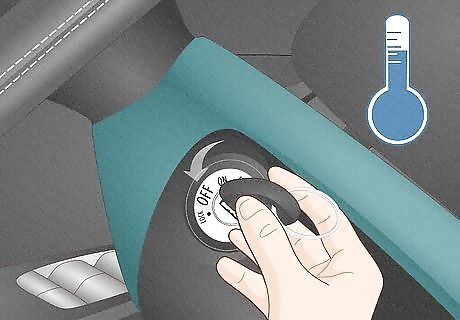
Turn off your car and make sure the engine is cool. Before working on your car, always make sure it is put into park and shut off. The purge solenoid valve is located under your hood, so the engine needs to be cooled before you start working. If you were just driving, leave your car be for about 10 minutes to give the engine time to cool down.
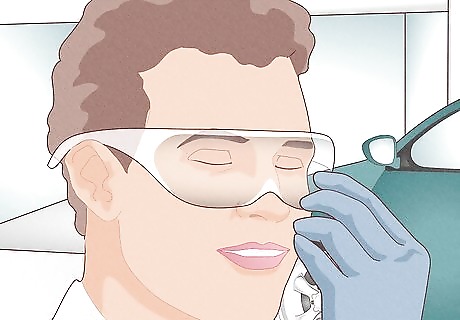
Put on safety glasses and gloves. As you clean the valve, dirt and debris might splatter around your work area. So, to protect your skin and eyes, put on some safety goggles and gloves.
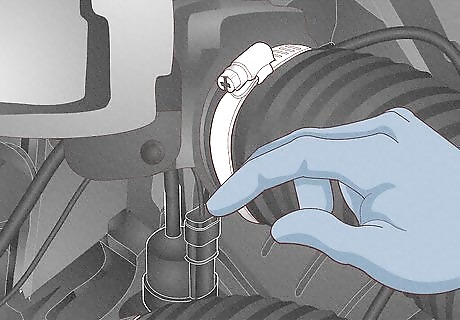
Find the purge solenoid valve under your car’s hood. Pop open the hood of your car and look towards the driver’s side. Find your car’s silver throttle body off to the right of the engine. Under it you should see the purge solenoid valve, which is usually small, black, and has 2 vacuum tubes coming out of it. These tubes typically connect to the charcoal canister and intake manifold. On some cars, the valve is on top of the engine or off to the right side. If you’re still unsure where your car’s valve is located, check your car’s manual. Or, search online for your car’s make and model with “purge solenoid valve.” Take a picture of the valve, tubes, and connectors so you know where everything goes when it comes time to reinstall it.

Remove the tubes with pliers and unplug the connector. With a pair of small pliers, unclamp the rings securing each vacuum tube to the purge solenoid valve. Carefully twist and pull each tube to take them out of the valve. The valve is also attached to a black electrical connector, so squeeze its head to unplug it from the valve. Then, simply pop the valve out to take it out of your car. Some cars secure the purge solenoid valves with bolts. Just use a socket wrench to loosen them and take out the valve.
Cleaning a Closed Purge Solenoid Valve
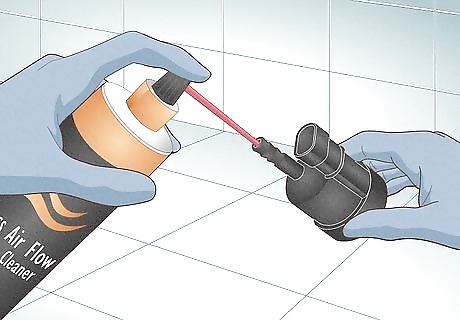
Spray the inside of the tubes with MAF sensor cleaner. MAF sensor cleaner is the best solution to use because it is safe on the valve’s plastic casing. Take the MAF sensor cleaner, making sure the straw is inserted, and spray several spurts inside each vacuum tube opening.
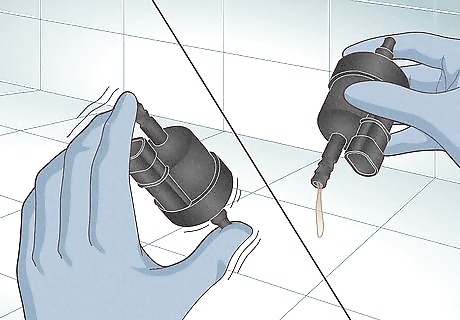
Shake the valve, then pour out the MAF sensor cleaner. Plug up both tube openings with your fingers and shake the valve up and down. This helps loosen up any dirt and debris inside the valve. Shake it for several seconds, then remove your fingers and pour the MAF sensor cleaner onto a towel. If your valve is really grimy, the MAF sensor cleaner should come out dirty and discolored. Keep spraying the cleaner inside the tube openings and shaking it until the cleaner comes out clear.
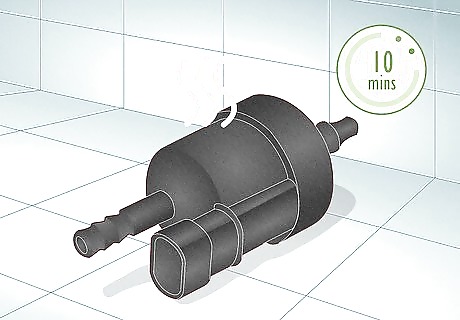
Let the valve dry for 10 minutes. Before putting the purge solenoid valve back in your car, it needs to be fully dry. Just let it sit for about 10 minutes so the MAF sensor cleaner can work its evaporative magic. To ensure that the valve is fully dry before reinstalling it, blow air through the valves with a vacuum hand pump.
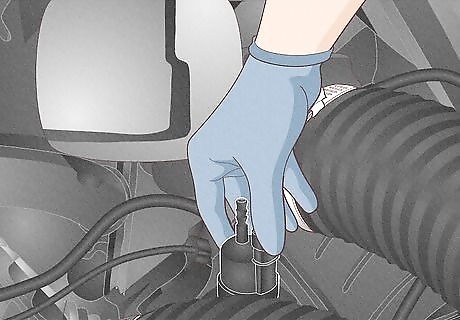
Put the sensor back in your car. Settle the purge solenoid valve back into its housing in your car. If it was secured with bolts, use a socket wrench to tighten them back on. Then, insert each tube back into the valve, tightening the clamps with pliers. Just plug the electrical connector back into the valve and you’re all set! Make sure each hose is inserted back into its original location. These tubes are not interchangeable, as one intakes air and the other expels it. If your check engine light was on and cleaning your valve fixed your car’s issue, the light should turn off after letting your car idle for a few minutes. Or, use an OBD-II scanner to clear away the error codes.
Cleaning an Open Purge Solenoid Valve
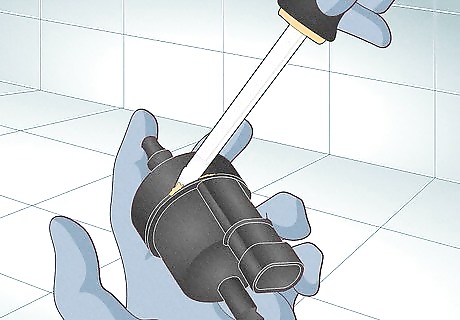
Scrape away the glue holding the two pieces of the valve together. The purge solenoid valve is actually made up of 2 plastic parts that are glued together. To give the inside of the valve a deep cleaning, it needs to be separated. Look for a seam along the valve that’s attached together with glue. Then, take a flat-head screwdriver and scratch it off.
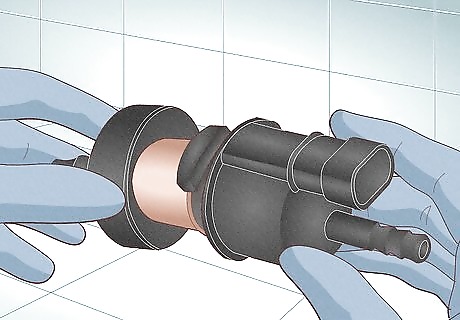
Pull the 2 halves of the valve apart. This might take some elbow grease, but use your hands to pry the valve pieces apart. One half is just the cap to the valve, while the other half contains the solenoid and its working parts. Inside, you’ll usually see o-rings, other rubber parts, and the openings of the solenoid.

Spray the solenoid openings with MAF sensor cleaner. To remove the dirt buildup inside the valve, spray the openings of the solenoid with several spurts of MAF sensor cleaner. You might see the cleaner running out of the valve dirty, so keep spraying until it comes out clean.

Grease the o-rings to keep them lubricated and working smoothly. Take a small scoop of silicone grease between your hands and rub it around each o-ring. There’s typically one on the solenoid half of the valve, and one on the cap.
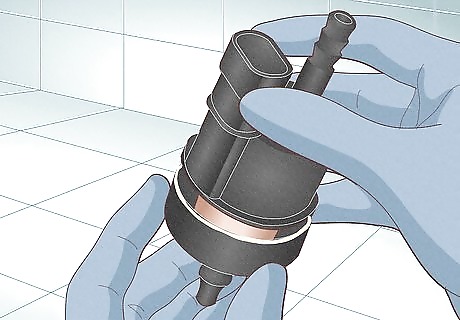
Seal the 2 valve halves back together with epoxy. The valve has to be fastened back together before you put it into your car. Mix up some epoxy and hold the 2 pieces of the valve together. Then, apply the epoxy along the seam that was originally glued together. Hold down on the pieces to ensure the epoxy sticks and cures the pieces together. To help this process go quicker, grab a friend to hold the pieces together as you glue. If you have a clamp or vise, place the valve inside to apply pressure as the epoxy cures. As an alternative to epoxy, use Room Temperature Vulcanizing (RTV) silicone.
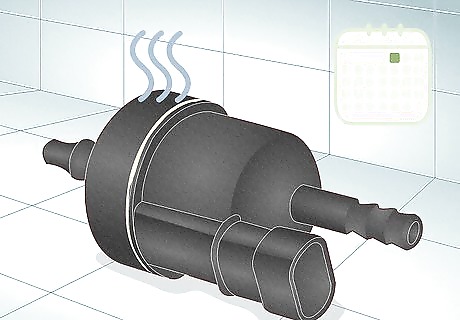
Let the epoxy cure for 1 day before putting the valve back in your car. Before you install your cleaned valve, the epoxy needs to be fully dried. Once it’s ready, plug the electrical connector back into the valve. Then, insert each tube, using pliers to tighten the clamps. If the valve was secured to your car with bolts, use a socket wrench to tighten them back up. All epoxies are slightly different, so consult the packaging to see how long it needs to dry and cure. If you crack the valve or can’t get it sealed back together, don’t put it back in your car. Luckily, these valves are only about $15-30 to replace. Double check that the vacuum tubes are inserted into their correct placements. They need to go in their original position, otherwise you can damage your car.
What is the purge solenoid valve?
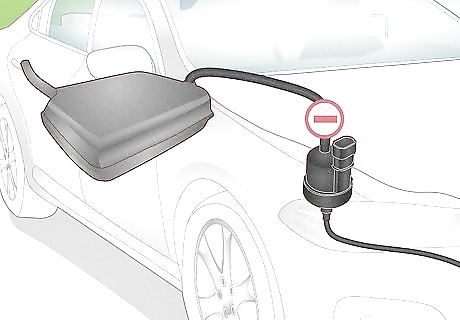
The purge solenoid valve stops vapors from leaving the fuel tank. This allows the engine to burn the vapors, improving your gas mileage and emissions. The valve does this by using 2 vacuum tubes. One tube connects it to the charcoal canister, which gives it fuel vapor from the fuel tank. When your car’s system tells it to, the valve opens and transports the vapor to the intake manifold through the other tube. The intake manifold then releases the vapor into the engine.
Signs of a Faulty Valve

Rough idle One of the most common signs that your valve is malfunctioning is feeling your car rattle roughly while it’s in park. Usually, this is because your valve is stuck open, causing a vacuum leak. When this happens, more air enters the engine than it can combust. This throws your engine off balance, making it shake and jitter. To test if your valve is stuck open, take out the vacuum tube that connects to the charcoal canister. Unplug the electrical connector from the valve and start your car. Then, simply place your finger over the tube opening on the valve. If you feel any suction or vacuum pressure, your valve is stuck open and needs to be replaced.
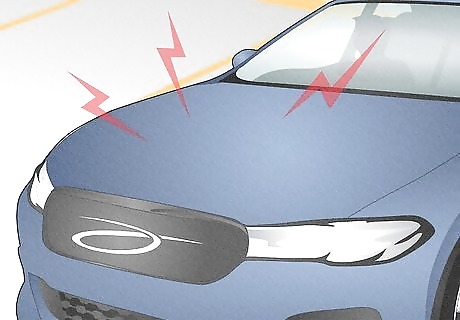
Engine misfires Similar to how too much air can cause your engine to idle roughly, it can also prevent it from starting at all. If your valve is stuck open, the air imbalance can confuse your engine. Because there’s so much air, it won’t be able to take in enough fuel to get properly started. When your car does get started, you might notice that it’s less powerful and doesn’t accelerate as fast.

Check engine light The purge solenoid valve is a part of the evaporative emission control (EVAP) system and controls how much air enters your car’s engine. If there is an issue with the EVAP system as a whole, or the valve gets stuck open or closed, your car will notify you by lighting up the check engine signal. Use an OBD-II scanner to find out where the problem is coming from in your EVAP system. Codes “P0443” and “P0444” usually refer to an issue with the valve.
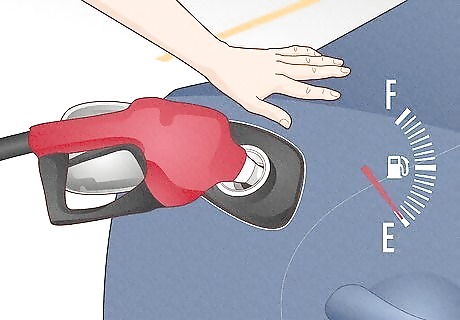
Poor gas mileage When your engine receives too much air from a leaking valve, it has to bring in more fuel in order to combust and run. You’ll likely notice that you’re filling up on gas more often and getting less miles to the gallon (kilometers to the liter) than you were previously used to.



















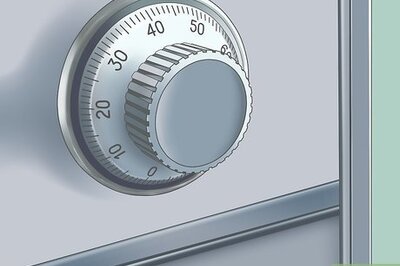
Comments
0 comment